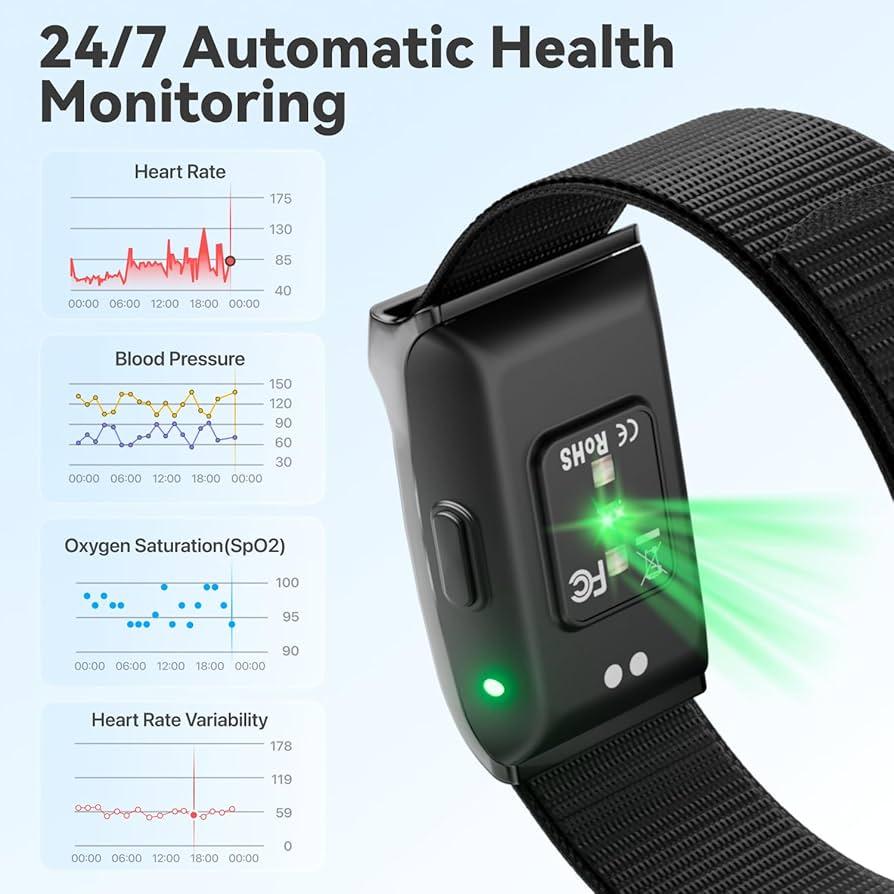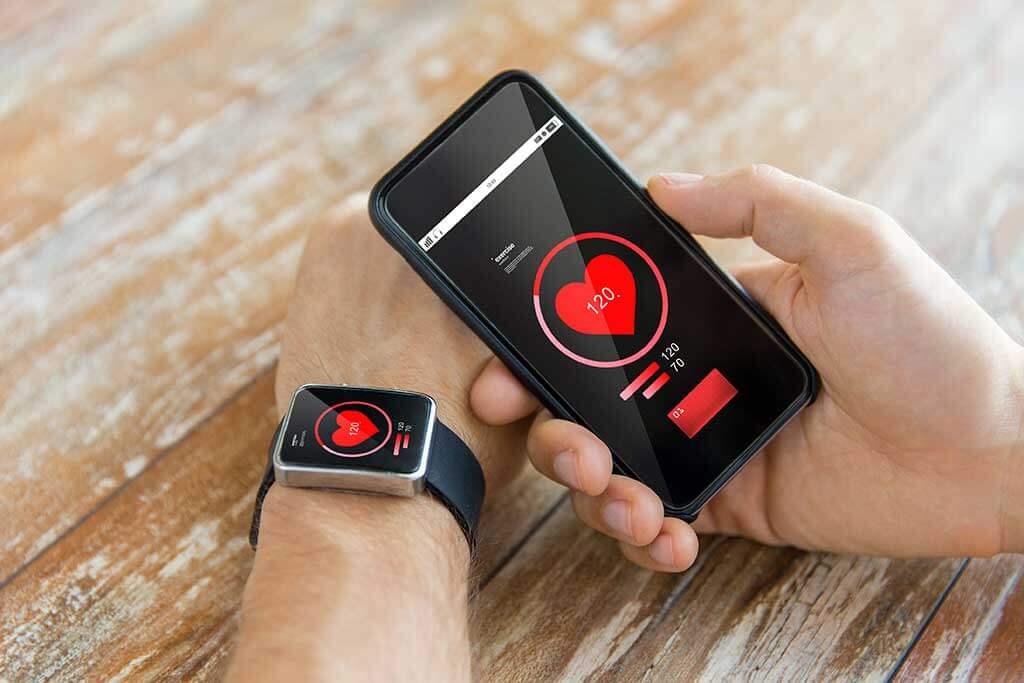In an era where technology seamlessly integrates into our daily lives, the humble wristwatch has evolved far beyond simply telling time. Today, real-time health monitoring from your watch is transforming the way we understand and manage our well-being. These smart devices quietly collect a wealth of physiological data-tracking heart rate, sleep patterns, activity levels, and even stress indicators-offering a continuous glimpse into our body’s inner workings. As this technology advances, it promises not only convenience but also the potential to revolutionize personal healthcare, empowering individuals to make informed decisions about their health with just a glance at their wrist.
Table of Contents
- The Evolution of Wearable Health Technology
- Key Metrics Tracked by Modern Smartwatches
- Interpreting Data for Personalized Wellness Insights
- Integrating Real-Time Monitoring with Healthcare Providers
- Best Practices for Maximizing the Benefits of Your Health Watch
- Frequently Asked Questions
- Key Takeaways
The Evolution of Wearable Health Technology
Wearable health devices have journeyed far beyond simple step counters and basic heart rate monitors. Today’s smartwatches are sophisticated mini-computers designed to seamlessly integrate into our daily lives, offering a continuous stream of health data that was once only accessible in clinical settings. From tracking sleep patterns to detecting irregular heart rhythms, these devices empower users with actionable insights in real time.
One of the most remarkable advancements is the incorporation of multi-sensor arrays that provide a holistic view of your well-being. Modern wearables measure metrics such as blood oxygen levels, stress indicators, and even electrocardiograms (ECGs). This convergence of technology and health science enables early detection of potential issues and supports personalized wellness plans.
Key features driving this evolution include:
- Continuous biometric monitoring with AI-driven analysis
- Integration with smartphone apps for detailed health reports
- Water-resistant designs for all-day usage
- Customizable alerts for critical health parameters
| Feature | Then | Now |
|---|---|---|
| Heart Rate Monitoring | Basic pulse check | Continuous ECG and irregular heartbeat detection |
| Sleep Tracking | Sleep duration only | Sleep stages, quality, and breathing analysis |
| Connectivity | Limited Bluetooth sync | Seamless cloud integration with health platforms |
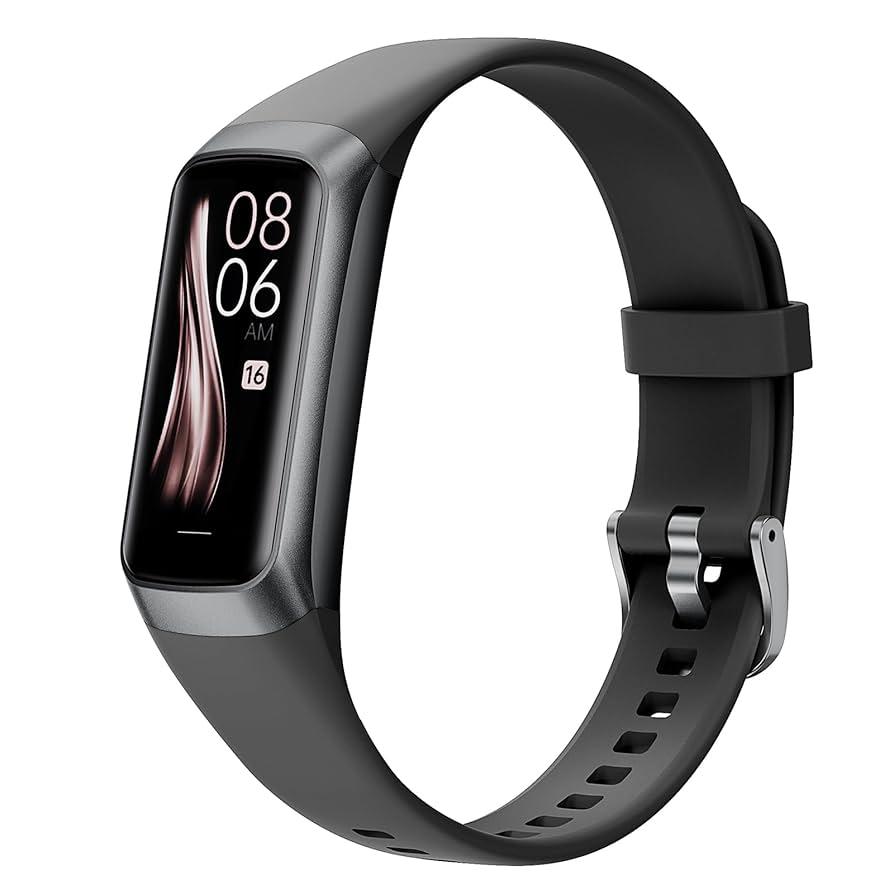
Key Metrics Tracked by Modern Smartwatches
Modern smartwatches have evolved into sophisticated health companions that go beyond just telling time. They continuously capture a variety of vital signs, offering users a comprehensive snapshot of their well-being throughout the day. From tracking your heart’s rhythm to monitoring oxygen saturation, these devices provide actionable insights that empower you to take control of your health.
Heart rate monitoring remains a cornerstone metric, with sensors providing real-time beats-per-minute data that can alert users to irregularities such as arrhythmias or spikes indicating stress. Alongside heart rate, many smartwatches measure blood oxygen levels (SpO2), giving a glimpse into how efficiently your lungs are oxygenating your blood-a crucial factor for athletes and those with respiratory conditions alike.
Sleep tracking has also become a staple feature, analyzing movement and heart rate variability to distinguish between light, deep, and REM sleep phases. This data helps users optimize rest patterns and improve recovery. Furthermore, the integration of stress and activity tracking allows for a holistic view, with metrics like step count, calories burned, and stress scores painting a full picture of your daily health journey.
| Metric | What It Measures | Why It Matters |
|---|---|---|
| Heart Rate | Beats per minute | Detects fitness level and cardiac anomalies |
| Blood Oxygen (SpO2) | Oxygen saturation in blood | Monitors respiratory efficiency |
| Sleep Quality | Sleep stages and duration | Improves rest and recovery |
| Steps & Activity | Movement and calories burned | Encourages physical activity |
| Stress Levels | Heart rate variability | Helps manage mental well-being |
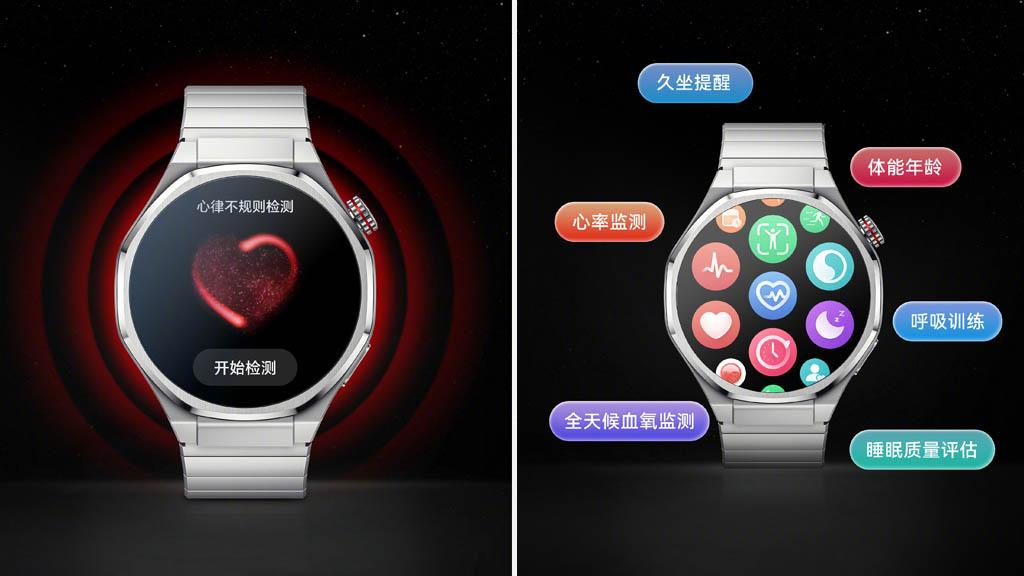
Interpreting Data for Personalized Wellness Insights
Transforming raw data into meaningful health insights requires more than just continuous tracking; it demands intelligent interpretation. Modern health monitoring devices analyze patterns, fluctuations, and anomalies in your vital signs to generate personalized feedback that truly reflects your unique wellness journey. This tailored approach empowers you to make informed decisions, helping you optimize daily habits for better outcomes.
Key factors considered in personalized wellness analysis include:
- Baseline health metrics and historical trends
- Contextual data such as activity levels and sleep quality
- Real-time alerts for deviations from your typical ranges
By integrating these elements, your wearable becomes a proactive companion, not just a passive recorder. For example, spotting subtle changes in heart rate variability or sleep patterns can provide early warnings about stress or fatigue, allowing timely adjustments before issues escalate.
| Data Type | Insight Example | Suggested Action |
|---|---|---|
| Resting Heart Rate | Elevated over several days | Increase hydration, consider rest |
| Sleep Duration | Consistently below 6 hours | Adjust bedtime routine |
| Activity Levels | Sudden drop in daily steps | Incorporate light walks |
Integrating Real-Time Monitoring with Healthcare Providers
Seamless communication between your wearable device and healthcare professionals is revolutionizing patient care. By enabling real-time data transmission, doctors can receive immediate updates on critical health metrics, allowing for swift intervention before minor issues escalate. This integration fosters a proactive healthcare approach, where continuous monitoring replaces traditional episodic check-ups.
Key benefits of this connectivity include:
- Instant alerts on irregular heart rhythms or abnormal blood oxygen levels
- Remote adjustments to treatment plans based on live data trends
- Enhanced patient engagement through shared health insights
Moreover, this collaboration empowers healthcare providers to tailor therapies with unprecedented precision. By analyzing comprehensive, up-to-the-minute data, clinicians can identify subtle patterns that might go unnoticed in routine visits. The result is a more personalized care journey, reducing hospital readmissions and improving overall outcomes.
| Feature | Benefit | Impact |
|---|---|---|
| Live Data Sharing | Immediate provider access | Faster diagnosis |
| Automated Alerts | Real-time issue detection | Reduced emergency visits |
| Personalized Feedback | Customized health advice | Better patient adherence |
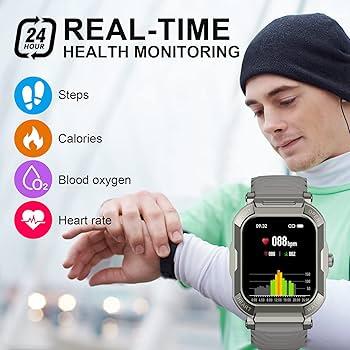
Best Practices for Maximizing the Benefits of Your Health Watch
To truly harness the power of your health watch, consistency is key. Wearing your device throughout the day and night allows it to collect comprehensive data, providing a clearer picture of your overall wellness. Make it a habit to sync your watch daily with its companion app, ensuring your health metrics are up-to-date and ready for analysis.
Personalizing your settings can dramatically enhance your experience. Customize alerts for heart rate thresholds, step goals, or sleep quality reminders based on your unique health needs. This tailored approach helps keep you more engaged and motivated without overwhelming you with unnecessary notifications.
Integrate your health watch data with other wellness apps or platforms for a holistic view of your fitness journey. Combining sleep patterns, nutrition tracking, and activity logs can reveal trends that might otherwise go unnoticed. Below is a quick guide on combining your health data effectively:
| Data Type | Recommended App Integration | Benefit |
|---|---|---|
| Heart Rate | Cardio Tracker | Monitors endurance and stress levels |
| Sleep | Sleep Cycle | Improves rest quality and recovery |
| Steps & Activity | Fitness Pro | Enhances daily movement goals |
| Nutrition | Food Log | Balances diet with activity |
Lastly, remember to keep your device updated with the latest firmware. Manufacturers often release improvements that optimize sensor accuracy and introduce new features. Staying current ensures you’re getting the most reliable and innovative health insights directly from your wrist.
Frequently Asked Questions
Q&A: Real-Time Health Monitoring From Your Watch
Q1: What is real-time health monitoring from a watch?
A1: Real-time health monitoring from a watch refers to the continuous tracking and analysis of various health metrics-such as heart rate, blood oxygen levels, sleep patterns, and physical activity-through wearable technology. These smartwatches use sensors and algorithms to provide instant feedback and insights about your body’s condition throughout the day.
Q2: How accurate are these health-monitoring watches?
A2: While not a substitute for professional medical devices, modern health-monitoring watches have become remarkably precise. Advances in sensor technology and data processing mean they can reliably track trends and alert users to potential issues. However, for critical health conditions, users should always consult healthcare professionals.
Q3: What are the main benefits of using a health-monitoring watch?
A3: The benefits include increased awareness of personal health, early detection of irregularities (like arrhythmias), motivation to stay active, improved sleep quality, and convenience. These devices encourage proactive health management by turning data into actionable insights.
Q4: Can a smartwatch detect serious health conditions?
A4: Some smartwatches can detect signs of serious conditions such as atrial fibrillation or abnormal heart rates and prompt users to seek medical advice. However, they are designed as supplementary tools rather than definitive diagnostic devices.
Q5: How does continuous monitoring impact user behavior?
A5: Real-time feedback often encourages users to adopt healthier lifestyle habits, such as increasing physical activity, improving sleep hygiene, or managing stress. The immediate nature of the data fosters a stronger connection between daily choices and health outcomes.
Q6: Are there privacy concerns with continuous health tracking?
A6: Yes, continuous health monitoring involves collecting sensitive personal data. It’s crucial for users to understand the privacy policies of their device manufacturers and ensure that data is stored securely and shared only with trusted parties.
Q7: What future developments can we expect in watch-based health monitoring?
A7: The future holds promising advancements like more sophisticated sensors capable of monitoring additional biomarkers, integration with AI for predictive health analytics, and seamless communication with healthcare providers for remote patient management.
Q8: Who should consider using a real-time health monitoring watch?
A8: Anyone interested in maintaining or improving their health can benefit, especially individuals with chronic conditions, fitness enthusiasts, or those wanting early warnings about potential health issues. However, it’s important to use these devices as part of a broader health strategy.
Key Takeaways
As our watches evolve from simple timekeepers to sophisticated health companions, real-time monitoring is no longer a distant dream but an accessible reality on our wrists. This seamless integration of technology and wellness empowers us to stay informed, proactive, and connected to our bodies like never before. Whether you’re an athlete chasing new personal bests or someone simply seeking peace of mind, your watch is becoming a silent guardian-quietly tracking, analyzing, and guiding you toward a healthier tomorrow. In this age of instant insight, health isn’t just measured; it’s lived, moment by moment.